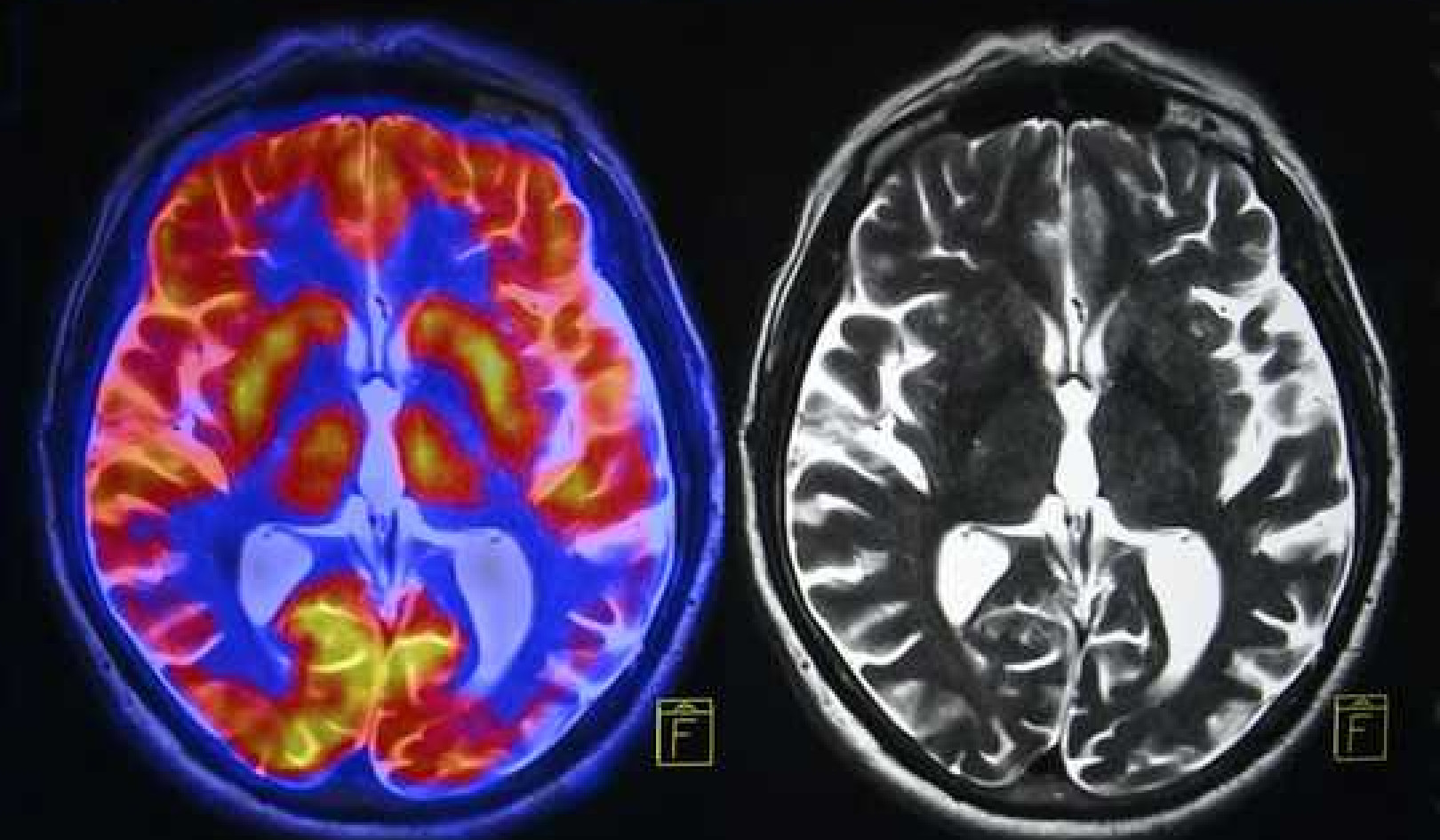
We tell ourselves science is king, but our understanding of the world is shaped through story. We tell stories about the past and call it history. We tell stories about the present and call it news. Our stories about how to act, think, and live are called culture. And our stories about how the natural world works are called science.
We can tell science is a story because of how it changes over time. The Earth is flat. Now it is round. Airplanes are impossible. Now they are commonplace. The natural world didn’t change, but our understanding of it did. It would be naive to think our current story is a complete picture of how things are.
Every story has a storyteller. Like a musician conjuring a new piece of music into existence, it is the storyteller who decides who the main characters will be, where the story will start, how it will end, and every detail in between. The storyteller is responsible for deciding which storylines to pursue, which to disregard, and which will be overlooked entirely. In most cases, a story has multiple storytellers whose voices weave together in a cacophony of overlapping assertions and ideas. It is up to the audience to decide which version to retell.
The Story of Acne
The story of acne commonly told today goes something like this: when your pores become clogged with dead skin cells and other debris, they trap oil and bacteria in your skin causing an infection in the form of a breakout. The story has variations. Sometimes hormones are involved, sometimes they are not. Sometimes genetics are involved, sometimes they are not. Sometimes diet is a trigger, but everyone is different. One aspect shared by these acne stories is the lack of a happy ending—there is no cure for chronic acne, only ongoing treatment.
With the story of acne, the dominant storytellers are -dermatologists. As physicians who specialize in disorders of the skin, dermatologists pull their main characters from the pages of their textbooks: pores, skin cells, sebum (oil). The farther away a character is from the skin, the less likely a dermatologist is to include it in the story. Their heroes are chosen from the typical doctor’s bag: creams, pills, needles. The antagonists are the villains du jour: dirt and bacteria.
Another major voice in the acne story is the commercial skincare industry. Together with dermatologists, they are busy researching products and treatments to cure acne and capture a portion of the $120-billion global skincare market. But for a treatment to be profitable, it must be capable of being bottled and sold or administered in a doctor’s office. The standards are even higher for the biggest source of funding in acne research: the pharmaceutical industry. If it can’t be patented, what’s the point?
But what if the cure for acne cannot be bottled, sold, administered, or patented? Would we ever find it? If the main characters are not present on the surface of the skin or even listed on an ingredient label, would we ever notice them?
The (Partial) Story of Me
I am not a dermatologist, an aesthetician, a nutritionist, or any other type of health professional. I’m an intelligence specialist at the Federal Bureau of Investigation (FBI) in Washington, D.C. (The opinions expressed in this book are mine and not those of the FBI.) You might think I am an unlikely author for a book on acne, but looking back at my career and educational experiences, I now realize they were perfectly tailored to solve a case like this one.
As an undergraduate student at Georgetown University, I majored in Science, Technology, and International Affairs. I am intrigued by the ways we choose to develop our scientific understanding, why certain ideas take hold and others do not, and how the repercussions of scientific advancements are felt on a global scale.
I pursued a career in intelligence because, as a young college student in the late 1990s, I looked around at the world and saw terrorism as the biggest upcoming threat to our well-being. After graduation, I entered the United States Navy and later transitioned to the Federal Bureau of Investigation as an intelligence analyst.
During my time at the FBI, I was selected to be a Fulbright scholar at the University of St. Andrews in the United Kingdom, where I worked as a research assistant to Alex Schmid, former head of the Terrorism Prevention Branch of the United Nations. At St. Andrews, I specialized in a branch of International Studies called Constructivism, which involves uncovering hidden assumptions and exploring alternative scenarios through the deconstruction of discourse and linguistics—in other words, the analysis of stories.
After completing my graduate degree in Scotland, I was offered a position at the Boeing Company in Washington, D.C. Most people think of Boeing as an airplane manufacturer, but it also has an Intelligence and Analytics branch. At Boeing, I was contracted to work full time at the FBI, where I instruct an intelligence class at Quantico and travel throughout the country providing analytical support for FBI cases.
My area of expertise is helping investigators uncover critical information by assisting them in asking questions. Intelligence analysis involves more than just collecting “the facts” and assembling them into a finished product. People tend to think of analysis as a puzzle, but it is more like trying to assemble a puzzle when half the pieces are missing. Additionally, for reasons that may or may not be malicious in nature, someone mixed in pieces designed to look like they belong to your puzzle when they actually do not. Plus there is no picture on top of the box to guide your efforts.
The Challenge: Inadequate Information
Whether analyzing the cause of acne or the extent of a terrorist threat, the challenges of thoughtful analysis are substantial. One of the main reasons intelligence analysis is so difficult is because it deals with ambiguous and incomplete data. When we are confronted with inadequate information, we rely on certain subconscious mental processes to interpret it. We want to believe our thinking is guided by rationality and logic, but studies of psychology (and history) show otherwise.
The human brain relies not on fact but on mental models—a type of story we tell ourselves—to make sense of the world. These models are essential in the functioning of our daily lives, but they also lead to common cognitive pitfalls. Professional analysts spend their careers trying to develop skill sets to help avoid these analytic traps. We never fully succeed, but gains can be made in trying.
In Psychology of Intelligence Analysis, a foundational work in the field, CIA veteran Richards Heuer (2013) explains one of the most fundamental principles of perception that affects analysis: “We tend to perceive what we expect to perceive.” (Notice he says we see what we expect to see, not what we want to see.) This basic tenet of analytic theory is well known, and still we are surprised when we catch it in action, especially in ourselves.
Perhaps the most famous such experiment was conducted by Christopher Chabris and Daniel Simons (2009). If you are unfamiliar with their work, you might find it worthwhile to participate in the experiment yourself by viewing their ninety-second video. (But do it now without reading a single word further or else your results will be skewed. Go ahead, I’ll wait . . .)
{youtube}https://youtu.be/IGQmdoK_ZfY{/youtube}
The experiment shows that half of the thousands of people tasked to count the number of passes in a basketball video fail to notice a person in a gorilla suit walking across the middle of the stage and beating his fists on his chest. People who miss seeing the gorilla insist it was not there when they are told about it afterward. As psychologist Daniel Kahneman explains, the gorilla study illustrates two important points about our minds: “we can be blind to the obvious, and we are also blind to our blindness” (2011, 24).
The Hidden Gorilla on the Acne Stage
In writing The Hidden Cause of Acne, my hope is to make apparent the invisible gorilla on the stage. Once you know to look for him, he is difficult to miss. After struggling with cystic acne for over twenty years, sometimes I wonder myself why it took me so long to put the pieces together. But hindsight is its own type of bias.
Some people might dismiss my experience with acne as anecdotal or balk at the idea of a health book written by a nonmedical professional. My response to such notions is best illustrated with a story.
Engineers and Anecdotes: A Love Story
Samuel P. Langley should have invented the airplane. He held an assistantship at the Harvard College Observatory, taught mathematics at the United States Naval Academy, was a frequent guest at the White House, and was named Secretary of the Smithsonian Institution in 1887. In an effort to create the world’s first manned flying machine, Langley spent a decade studying the fledgling field of aeronautics research before receiving a grant of $50,000 from the War Department to develop his Aerodrome design. It was the largest research project ever funded by the department at the time.
Langley had access to the top scientists in the world and the latest technical research. He had hefty financial backing and the full support of the United States government (does this story sound familiar?). Yet after seventeen years of effort, Langley was unable to figure out one little detail: how to make the darn thing fly.
Orville and Wilbur Wright, on the other hand, had no such competitive advantages. Neither brother had a college education. Technically, they didn’t even have high school diplomas. They funded their interest in flying machines with proceeds from their bicycle shop while they worked to build the world’s first airplane as a hobby in their spare time. When they wanted information on the latest aeronautics research, their best option was to send a written request to the government via the U.S. Postal Service and hope for a helpful response. Unlike Langley, they weren’t even able to bounce ideas off their best friend, Alexander Graham Bell, when they ran into a particularly vexing design challenge.
Yet on December 17, 1903, with the media and all esteemed aeronautical experts noticeably lacking in attendance, the Wright brothers’ manned flying machine flew for fifty-nine seconds over the dunes at Kitty Hawk. It took the Wright brothers just four years to create the Wright Flyer, but it took the U.S. government nearly forty years to admit the Wright Flyer, and not Langley’s Aerodrome, was the first manned, powered aircraft capable of flight.
In his bestselling book Mastery, Robert Greene explains why the Wright brothers succeeded while Samuel Langley and the U.S. government failed. Langley’s team was composed of specialists focused on making the most efficient parts: the most powerful engine; the lightest frame; the most aerodynamic wings. They had an expert military pilot too. This kind of specialization meant the person who designed the wings was different than the person who tested them in the air. Each crew member knew their specialty, but they could only think about how all the parts fit together in abstract terms.
In contrast, the Wright brothers personally designed their machine, built it, flew it, crashed it, picked up the pieces, and designed it again. This process allowed them to rapidly uncover flaws in their design and ways to work them out. As Greene states, “it gave them a feel for the product that could never be had in the abstract” (2012, 219).
Hopefully the analogy I am drawing between the discovery of the airplane and the cure for acne is starting to become clear. In our story about the birth of aviation (and yes, there are other versions of the story where other flying machines flew first), we see how the Wright brothers’ approach was successful because it merged aeronautical theory with the physical world in a way Langley’s approach did not. This same approach can be applied to the problem of acne. Greene concludes, “Whatever you are creating or designing, you must test and use it yourself. Separating out the work will make you lose touch with its functionality” (2012, 219). The Wright brothers understood their flying machine from the inside out. It wasn’t just something they designed and built. It was something they experienced.
The Challenge: Not Having Any Personal Experience
The experience of acne is wholly lacking in acne research. Individual accounts are dismissed as anecdotal (in a pejorative sense) and not worthy of consideration in serious study of the subject. Instead of mining anecdotal evidence for clues, acne researchers are preoccupied with producing expensive double-blind, placebo-controlled, randomized trials of prescribable treatments for publication in peer-reviewed journals. Or they focus on statistical analysis of epidemiological surveys that confuse correlation with causation and overlook nuanced complexities inherent in the study of the human body.
Engineers tend not to focus on this distinction between anecdotal and “science-based” evidence. When something seems to work in the real world—even if it was merely “once” upon a time—curiosity takes over and they tinker, test, and repeat until before they know it, they brought a new idea into being. No one told the Wright brothers their flying machine was anecdotal.
As someone who experiences acne, and not just studies it in the abstract, you have an advantage over the entire skincare industry in finding a cure. You can test your theories, make adjustments, and test them again at a pace the “experts” are incapable of matching. You know your test subject better than any outside researcher ever could; its history, its sensations, its environment are all intimately familiar to you. And because acne is something you experience, you will feel when you are onto something or when something is not right even before you identify the reason. In the story of acne, we are not the scientists. We are the engineers.
Truth is what stands the test of experience.
– Albert Einstein
©2018 by Melissa Gallico. All Rights Reserved.
Reprinted with permission of the publisher,
Healing Arts Press. www.InnerTraditions.com
Article Source
The Hidden Cause of Acne: How Toxic Water Is Affecting Your Health and What You Can Do about It
by Melissa Gallico. Offering a guide to freeing yourself from persistent adult acne, Melissa Gallico shows that it is possible to heal your skin even when dermatologists and their prescriptions have failed. Using her FBI intelligence analyst skills, Melissa chronicles the existing acne research, reveals where each study went wrong and what they missed. She shares her personal 20-year struggle with severe cystic acne. She explains how her travels around the world and her intelligence work helped her pinpoint exactly what was causing her treatment-resistant flare-ups.
Offering a guide to freeing yourself from persistent adult acne, Melissa Gallico shows that it is possible to heal your skin even when dermatologists and their prescriptions have failed. Using her FBI intelligence analyst skills, Melissa chronicles the existing acne research, reveals where each study went wrong and what they missed. She shares her personal 20-year struggle with severe cystic acne. She explains how her travels around the world and her intelligence work helped her pinpoint exactly what was causing her treatment-resistant flare-ups.
Click here for more info and/or to order this paperback book. Also available in a Kindle edition.
About the Author
Melissa Gallico is a former military intelligence officer, Fulbright scholar, and intelligence specialist at the Federal Bureau of Investigation. She has instructed classes for FBI analysts at Quantico and provided intelligence support for FBI national security investigations. She graduated with honors from Georgetown University and holds a master’s degree from the University of St. Andrews in Scotland.
Related Books
at InnerSelf Market and Amazon
























